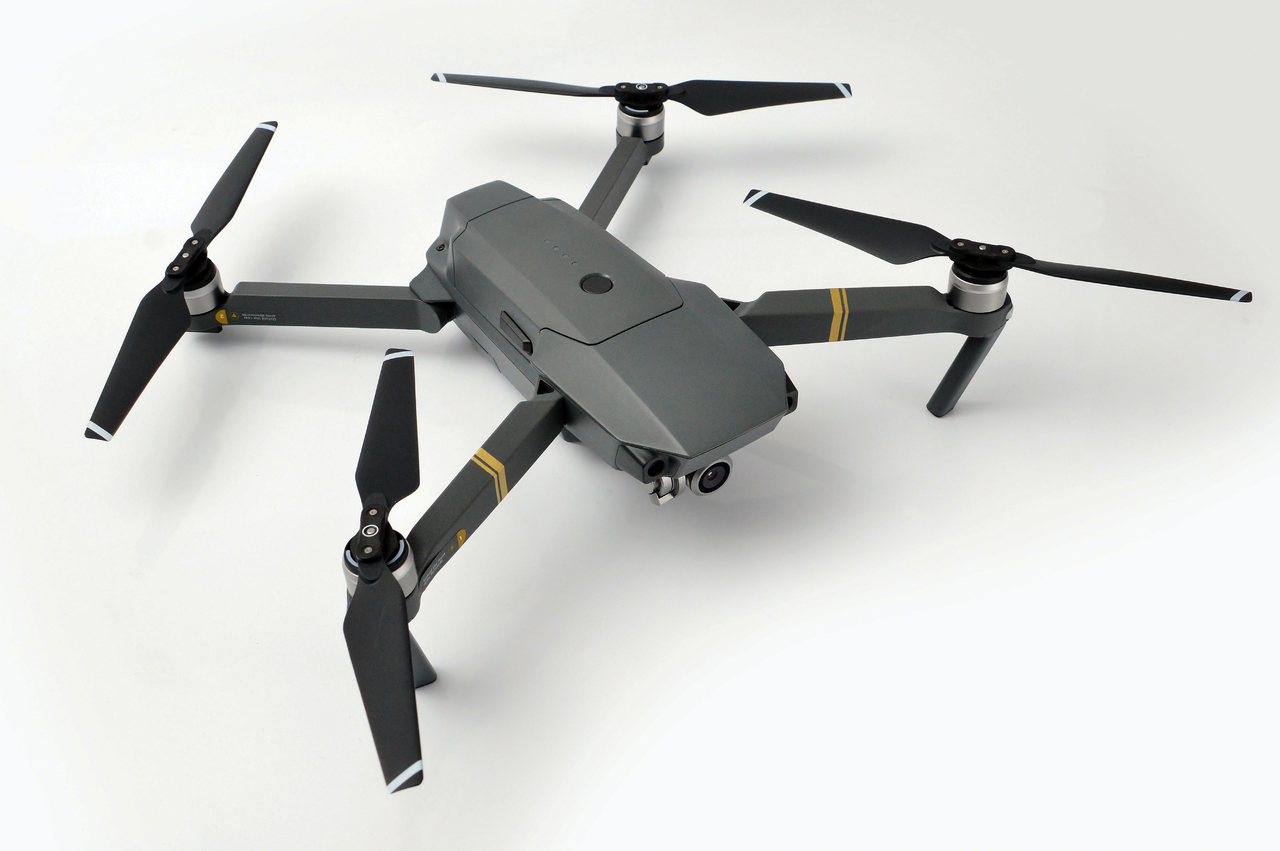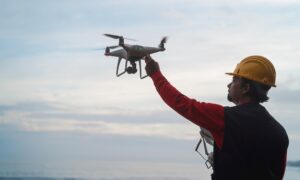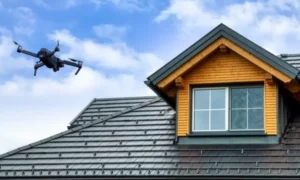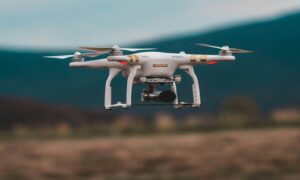Drones have become critical tools across various industries. Be it security, broadcasting, disaster response, or agriculture.
Their usefulness depends a lot on real-time video transmission. They allow operators to see aerial footage instantly, which means smarter decision-making and operational efficiency.
How Drone Video Transmission Works
Simply put, video transmission systems convert footage that the drone captures into digital data packets. These are then compressed, encoded, and wirelessly transmitted to ground stations.
This process must overcome challenges like interference, signal loss, bandwidth constraints, etc., to be certain of uninterrupted real-time visibility.
Main Technologies for Reliable Video Streaming
Different transmission methods work for various operational needs. Each of these has special advantages.
COFDM Technology
Coded Orthogonal Frequency Division Multiplexing (COFDM) is widely used for professional drone operations that need long-range and stable video feeds.
This technology provides:
- Strong resistance to interference, even in environments with obstacles and signal reflections
- Reliable long-range transmission, reaching up to 150km under optimal conditions
- Broadcast-style capabilities, giving multiple receivers the chance to access the video feed without affecting transmission quality
- Compact COFDM transmitters, like the DragonFly V, are combined easily with drones while upholding HD video quality.
5G Connectivity
The expansion of 5G networks has introduced new possibilities for drone-based video streaming. There’s minimal latency and increased bandwidth, and:
- HD video quality at up to 1080p 50/60 HDR
- Consistent connectivity across urban areas with strong network infrastructure
- Reduced dependency on dedicated transmission hardware
Lightweight 5G-enabled transmitters allow drones to work easily within public and private networks. They’re suitable for city-based operations.
Bonded Cellular Transmission
For maximum reliability, bonded cellular technology merges multiple network connections and distributes data across various providers. This setup controls signal loss in fluctuating conditions. The feed stays continuous.
Systems like LiveLink support:
- Simultaneous connectivity across different cellular networks
- Automatic bandwidth adjustment based on signal conditions
- Better video stability in different operational environments
Addressing Common Transmission Challenges
Real-time video transmission faces issues that influence quality and performance.
Overcoming these would need the right balance of technology and implementation strategies.
Signal Interference and Quality Issues
Environmental factors, electromagnetic interference, bandwidth congestion, etc., can degrade video quality. Some solutions are:
- Adjusting transmission channels to avoid frequency conflicts
- Using adaptive encoding to match available bandwidth
- Enforcing diversity reception with multiple antennas for signal redundancy
Weight and Power Limitations
Drones must maintain optimal flight performance, so transmission equipment needs to be lightweight and energy-efficient.
Innovations like the DragonFly V transmitter reduce weight to under 55 grams. This makes sure that there’s minimal impact on battery life and maneuverability.
Extending Transmission Range
Long-distance drone operations need stable video connectivity outside of the operator’s visual line of sight.
Solutions:
- COFDM for long-range reliability
- Cellular networks for coverage in urban settings
- Hybrid transmission setups combining multiple technologies for better performance
Industry Applications of Drone Video Transmission
Broadcasting and Media
Drones have completely altered live broadcasting. They extend dynamic aerial footage for industries like news, sports, entertainment, etc.
Transmission systems allow easy integration into live productions with minimal delay. This means real-time audience engagement.
Public Safety and Emergency Response
Drones equipped with real-time video capabilities help in:
- Search and rescue missions
- Law enforcement
- Firefighting
Agriculture and Precision Farming
Farmers use drones to keep a check on crop health and handle resources well. Video transmission enables:
- Real-time field checks to catch issues early on
- Precision agriculture techniques
- Time-saving monitoring that covers large agricultural areas
The Future of Drone Video Transmission
With improvements in drone technology, video transmission will become even more reliable. Higher resolutions, longer ranges, and improved connectivity are easier to achieve.
Making use of the right video transmission technology, drone operators can assure uninterrupted and high-quality aerial footage. This expands the capabilities of unmanned systems in every field.
For more information, visit https://www.vislink.com/



































